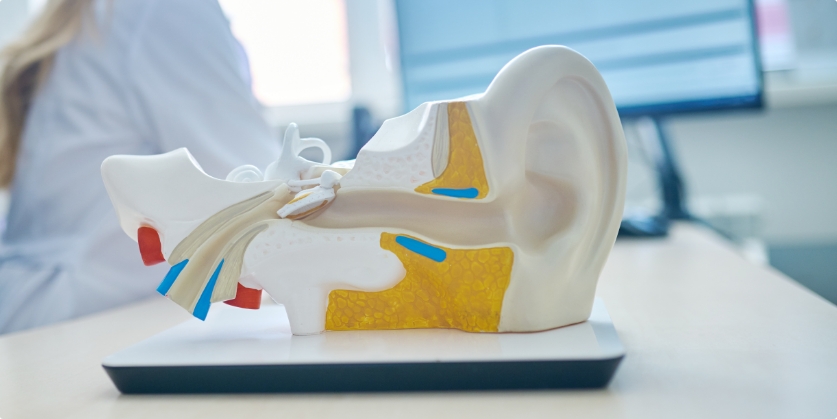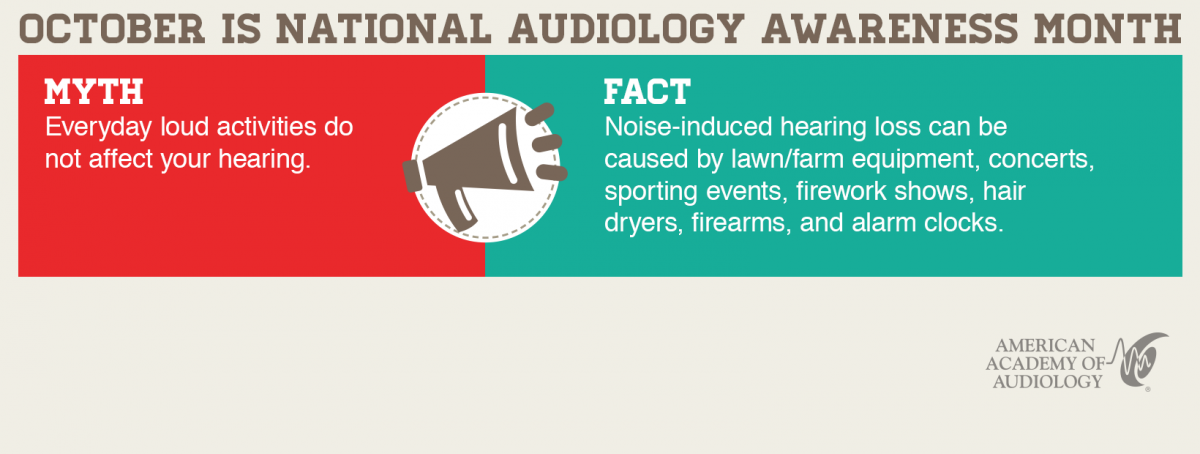Happy New Year 2022!
Wishing you and yours a very Happy New Year for 2022! Please stay safe


Wishing you and yours a very Happy New Year for 2022! Please stay safe

It is a noisy world out there! Every day sounds can be damaging to your

May is Better Hearing Month! Don’t miss out on the sounds of nature.